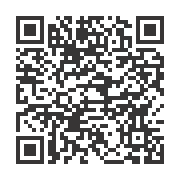WIC is about more than just the healthy food! Having your child on WIC until they turn 5 can help you learn about healthy eating as they grow and keep them healthy in other ways. Talk to your WIC office if you are wondering how WIC can help your family as your kids get older. ![]()

